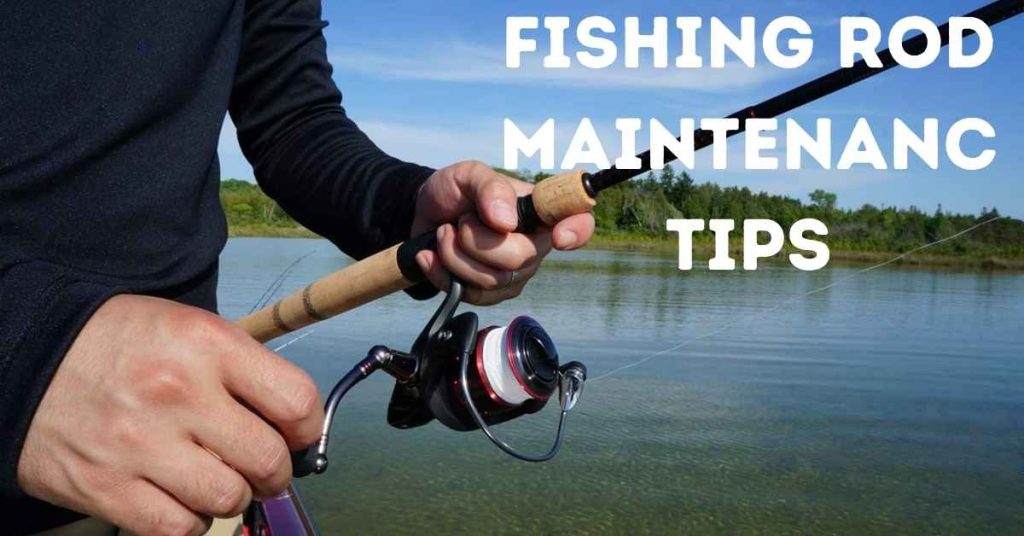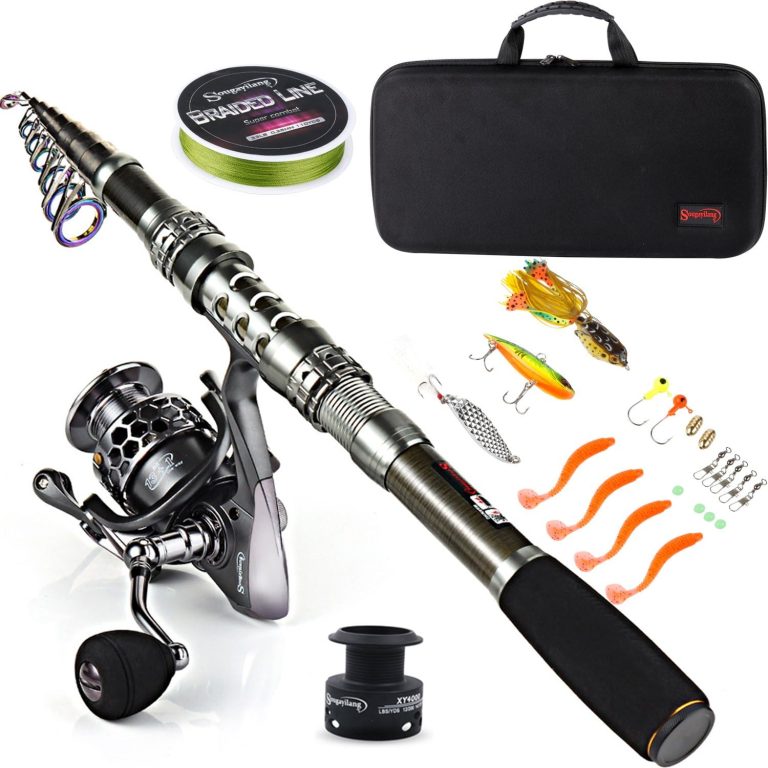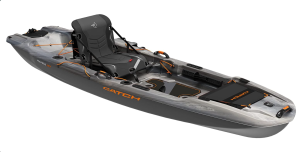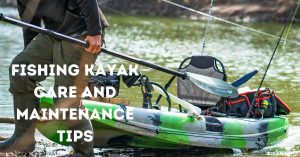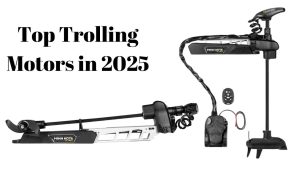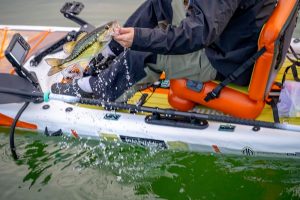Attention
A fishing rod is essential for any angler, but many forget how crucial regular maintenance is for its longevity and performance.
Problem
Without care, rods face issues like rust, weakened parts, and broken guides due to exposure to saltwater, dirt, and wear. This can lead to poor performance and costly replacements.
Solution
A simple routine — cleaning after each use, storing properly, and inspecting regularly — can prevent damage, extending your rod’s life and reliability on every trip. With a little maintenance, your rod stays ready for peak performance season after season.
Every angler knows the importance of a reliable fishing Kayak rod, but keeping it in top shape requires consistent maintenance. Fishing rods endure harsh conditions — from saltwater to dirt and various weather elements — that can affect their performance and durability over time. Without proper care, even the highest-quality rods can deteriorate, impacting your fishing success and requiring more frequent replacements. This guide covers essential tips on fishing rod maintenance, helping anglers keep their gear in excellent condition. By following these practices, you can extend the life of your rod and ensure it’s ready for every fishing adventure.

Importance of Fishing Rod Maintenance
Maintaining your fishing rod is more than a matter of aesthetics; it directly impacts performance and longevity. Regular maintenance helps keep the rod functioning smoothly, preventing issues like corrosion, rust, and weakened materials that can lead to breakage. Proper care also enhances casting accuracy, reel performance, and overall handling, which are crucial for a successful fishing experience. The purpose of this blog post is to provide a comprehensive guide on the best practices for fishing rod maintenance. By understanding and implementing these techniques, you’ll be able to maximize your rod’s potential, ensuring it remains a dependable tool in your fishing arsenal for years to come.
Cleaning Techniques Fishing Rods
Cleaning your fishing rod after every use is one of the most effective ways to maintain its quality. Different rods may require specific cleaning tools and methods, but a few basics apply across the board. Start by gathering some essential supplies: freshwater, mild soap, a soft cloth, a small brush, and perhaps some WD-40 for metal components. After each fishing trip, especially when saltwater fishing, rinse the rod with fresh water to remove any salt or debris. Salt can quickly corrode the rod’s metal parts, so it’s crucial to eliminate it immediately.
For more thorough cleaning, apply a small amount of mild soap to a damp cloth and wipe down the rod’s body, guides, and handle. Be cautious with any soap residue, and avoid using harsh chemicals, which can damage certain rod materials. If your rod has cork handles, use a gentle brush to clean them, as they can easily stain and deteriorate if not properly cared for. Once cleaned, allow the rod to air dry completely before storing it to avoid moisture-related issues. Regular cleaning not only removes dirt and debris but also helps you spot any potential problems early, such as small cracks or wear.
Proper Storage Methods
How you store your fishing rod can significantly affect its lifespan. Storing your rods in a safe, controlled environment prevents unnecessary stress and damage. A rod holder or case is ideal for this purpose, providing a secure place to keep your rods when not in use. Rod holders help avoid bending and pressure that can weaken the rod over time. Alternatively, you can use a padded rod case, which offers extra protection and is particularly useful when traveling with your gear.
Temperature and humidity are also critical factors to consider. Extreme temperatures can cause materials like graphite and fiberglass to weaken or warp, while high humidity can encourage mold growth and corrosion. Ideally, store your rods in a cool, dry place away from direct sunlight. Basements or garages with climate control are excellent storage options, as they shield the rod from environmental fluctuations. By adopting these storage practices, you’ll protect your rod’s structural integrity, ensuring it’s ready for every fishing season.
Regular Inspections your Fishing Rod
Regular inspections allow you to identify and address issues before they become serious problems. Make it a habit to check your fishing rod for signs of wear and damage after each use. Start with the rod guides, which are essential for smooth line movement and accurate casting. Look for any cracks, nicks, or bends that could damage your fishing line. The reel seat is another critical component; ensure it’s tightly secured and free from corrosion.
Additionally, inspect the rod’s body for any chips or fractures, especially if you’ve been fishing in rough conditions or have had a few accidental drops. Repeated stress on a damaged area can lead to a complete break over time. It’s recommended to perform a thorough inspection every few weeks during the fishing season or at least once at the beginning and end of each season. Regular checks help you catch issues early, allowing for timely repairs and replacements as needed.
FAQ: Fishing Rod Maintenance
- How often should I clean my fishing rod?
It’s best to clean your fishing rod after every fishing trip, especially if used in saltwater, to prevent corrosion and dirt buildup.
- What’s the proper way to store a fishing rod?
Store your rod vertically or in a rod rack in a cool, dry area to prevent warping. Avoid direct sunlight and high humidity, as these can damage the rod over time.
- How can I prevent rust on my fishing rod?
Rinse the rod thoroughly with freshwater after each use, especially after saltwater fishing, and apply a light coat of oil on metal parts to prevent rust.
- What should I inspect regularly on my fishing rod?
Check the guides for cracks, the handle for wear, and the reel seat for tightness. Address any visible damage to the rod blank or guides to avoid further issues.
- Can I repair a broken guide or handle at home?
Yes, minor repairs like replacing a guide or fixing a loose handle can often be done at home. For more severe damage, consider professional repair to ensure proper performance.
Conclusion
Taking the time to care for your fishing rod will pay off in enhanced performance, fewer repairs, and greater longevity. By incorporating these maintenance practices — from cleaning and storage to regular inspections — you’ll protect your investment and enjoy a smoother, more reliable fishing experience. A well-maintained rod not only performs better but also offers you peace of mind, knowing it can handle the demands of each fishing trip. Commit to a regular maintenance routine, and you’ll find your fishing rod becomes a trusted companion on all your adventures, delivering dependable performance year after year.

